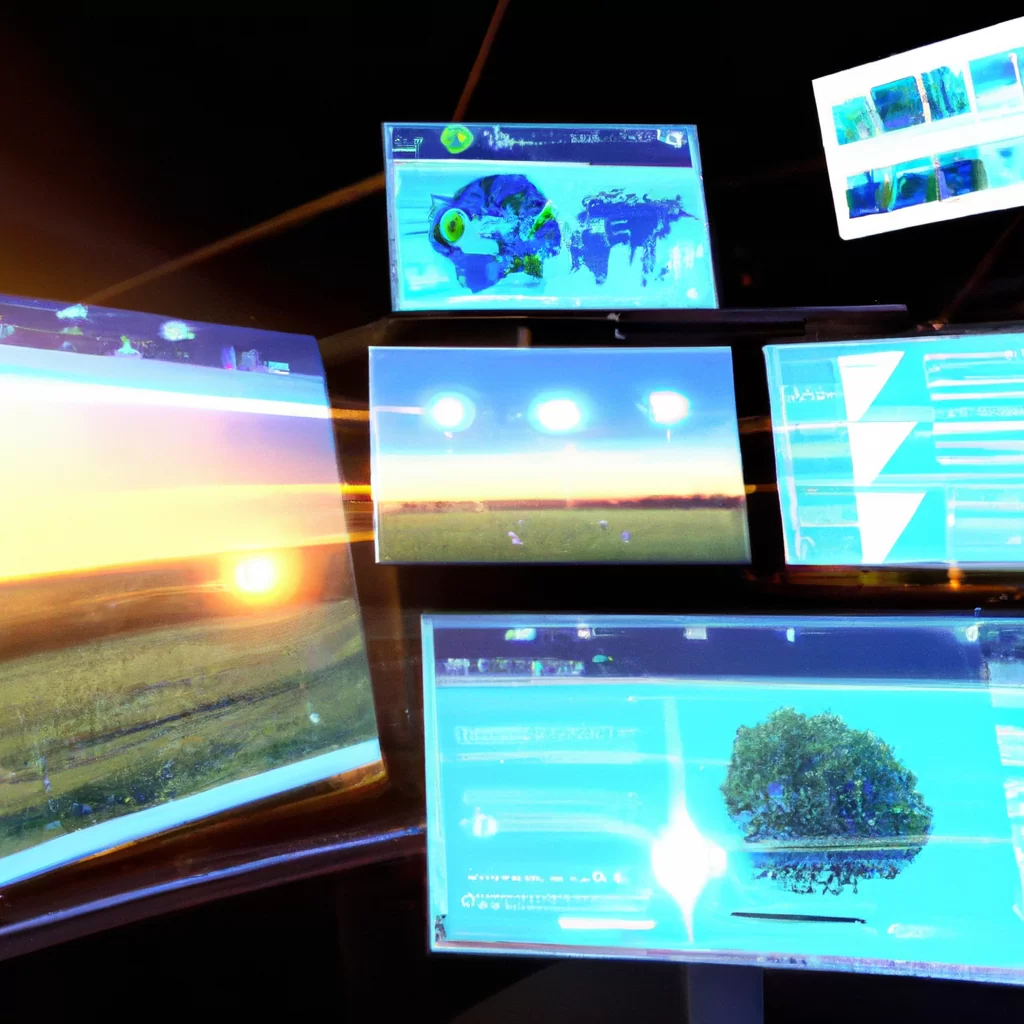How are weather forecasts made?


How are weather forecasts made?
Weather forecasting is an essential aspect of our daily lives. It helps us to plan our activities, make informed decisions, and stay safe during extreme weather conditions. A weather forecast predicts what the weather will be like in the future, based on past and current weather patterns and data. In this article, we will explore how weather forecasts are made, the role of meteorology and atmospheric science, weather models and technology, and the challenges facing weather predictions.
The Role of Meteorology and Atmospheric Science
Meteorology and atmospheric science are the fields of study that deal with the Earth’s atmosphere and weather patterns. Scientists in these fields collect data from various sources, such as satellites, weather stations, and weather balloons, to analyze and understand weather patterns. This data is then used to create weather forecasts.
Weather Data and Analysis
Weather data plays a crucial role in weather forecasting. It includes information on temperature, humidity, wind speed, air pressure, and precipitation. This data is collected from various sources, such as weather stations and satellites, and is analyzed using complex algorithms and models.
The analysis of weather data involves looking at weather patterns, such as high and low pressure systems, fronts, and jet streams, to understand how they will interact and affect the weather in a particular area. The data is then run through weather models to create a forecast for a specific location.
Weather Models and Technology
Weather models are computer programs that use data analysis to predict weather patterns and conditions. These models use mathematical equations and algorithms to simulate the behavior of the atmosphere. There are many different types of weather models, each with its own strengths and weaknesses. Some of the most commonly used models include the Global Forecast System (GFS), the European Centre for Medium-Range Weather Forecasts (ECMWF), and the Weather Research and Forecasting (WRF) model.
To ensure the accuracy of weather models, scientists use sophisticated technology, such as supercomputers, to process vast amounts of data quickly. They also use radar, satellite imagery, and other advanced technologies to monitor and track weather patterns in real-time.
Challenges Facing Weather Predictions
Despite advancements in weather technology, weather predictions are not always accurate. Weather patterns can be unpredictable and change rapidly, making it difficult to predict weather conditions accurately. Additionally, the accuracy of weather forecasts can be affected by factors such as the quality of weather data, computer models, and human error.
Conclusion
In conclusion, weather forecasting is a complex process that involves meteorology, atmospheric science, weather models, weather data, and technology. Weather forecasts are essential for planning activities, making informed decisions, and staying safe during extreme weather conditions. However, despite advancements in weather technology, weather predictions are not always accurate. As weather patterns continue to change, scientists will need to continue developing new technologies and methods to improve the accuracy of weather forecasts.
Recent Posts
How do I create an engaging and informative online quiz or assessment?
Creating an engaging and informative online quiz or assessment can be a powerful tool for… Read More
What are the most effective methods for managing and reducing work-related stress in the hospitality industry?
Work-related stress is a common issue in the hospitality industry, where employees often face long… Read More
How can I improve my assertiveness and communication skills in a leadership position?
In a leadership position, assertiveness and effective communication skills are crucial for success. Being able… Read More
What are the key elements of a successful employee recognition and rewards program?
Employee recognition and rewards programs play a crucial role in motivating and engaging employees, as… Read More
How do I effectively manage and respond to customer feedback and reviews?
Customer feedback and online reviews play a crucial role in shaping a company's reputation and… Read More
What are the best strategies for effective time management as a stay-at-home parent?
Effective time management is crucial for stay-at-home parents who juggle multiple responsibilities on a daily… Read More